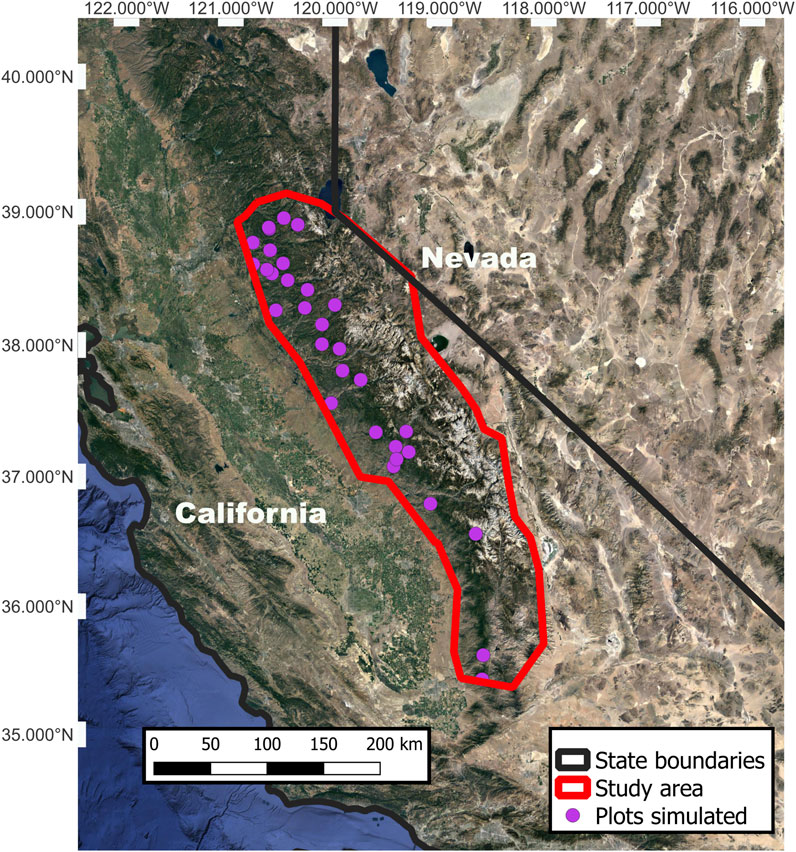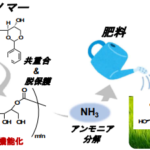気候変動による大規模な侵入も、樹木の密度が低いため、再現される可能性は低い Massive climate-stoked infestations are also unlikely to recur, thanks to lower tree-stand density
2023-04-06 ロスアラモス国立研究所(LANL)
数多くの木が枯れたため、ベンガラトビハムシが寄主木を減らすことになり、21世紀に再び巨大な死滅が起こるリスクが低下すると、研究者は考えている。一方で、気候変動によって引き起こされるカリフォルニアカブトムシの発生が続くため、ドラウト後の森林再生を制限する。このような状況から森林をコントロールすることが、将来の炭素削減に欠かせない要素であるとの、研究者たちの意見である。
<関連情報>
- https://discover.lanl.gov/news/0405-bark-beetle/
- https://www.frontiersin.org/articles/10.3389/fenvs.2023.1112756/full
シエラネバダの生きたポンデローサ・パインに蓄積された炭素は、樹皮虫の発生により、21世紀中に干ばつ前(2012年)の水準に戻ることはない。 Carbon stored in live ponderosa pines in the Sierra Nevada will not return to pre-drought (2012) levels during the 21st century due to bark beetle outbreaks
Zachary J. Robbins, Chonggang Xu, Alex Jonko, Rutuja Chitra-Tarak, Christopher J. Fettig, Jennifer Costanza, Leif A. Mortenson, Brian H. Aukema, Lara M. Kueppers and Robert M. Scheller
Frontiers in Environmental Science Published:14 March 2023
DOI:https://doi.org/10.3389/fenvs.2023.1112756

Outbreaks of several bark beetle species can develop rapidly in response to drought and may result in large transfers of carbon (C) stored in live trees to C stored in dead trees (10s of Tg C yr-1 in the western U.S. alone), which over time will be released back to the atmosphere. The western pine beetle (WPB) outbreak incited by the 2012–2015 mega-drought in the Sierra Nevada, California, U.S., could portend more frequent and/or severe bark beetle outbreaks as the temperature warms and drought frequency and intensity increase in the future. However, changes in the frequency and/or severity (resultant levels of host tree mortality) of beetle outbreaks are difficult to predict as outbreaks are complex with non-linear and eruptive processes primarily driven by interactions among beetle populations, the demography of hosts and other tree species, and climate and weather. Using an insect phenology and tree defense model, we projected the future likelihood of WPB outbreaks in the Sierra Nevada with climate drivers from different Earth System Models. Our goal was to understand how host (ponderosa pine, PIPO) recovery and future warming and drought affect the frequency and severity of WPB outbreaks and their C consequences. Our projections suggested that by 2100 the C stored in live PIPO (mean: 1.98 kg C m-2, 95% CI: 1.74–2.21 kg C m-2) will not return to levels that occurred before the 2012–2015 drought (2012: ∼2.30 kg C m-2) due to future WPB outbreaks. However, differences in climate models indicate a wide range of possible WPB outbreak frequencies and severities. Our results suggest that total plot basal area is the most significant factor in the mortality rate of PIPO by WPB in any given year, followed by drought severity and temperature. High levels of host basal area, higher temperature, and extreme drought all contribute to the frequency and severity of future WPB outbreaks. While PIPO basal area may decline under increased drought and warming, limiting high-stand basal area (>60 m2 ha-1) may reduce the severity of future WPB outbreaks in the Sierra Nevada.



